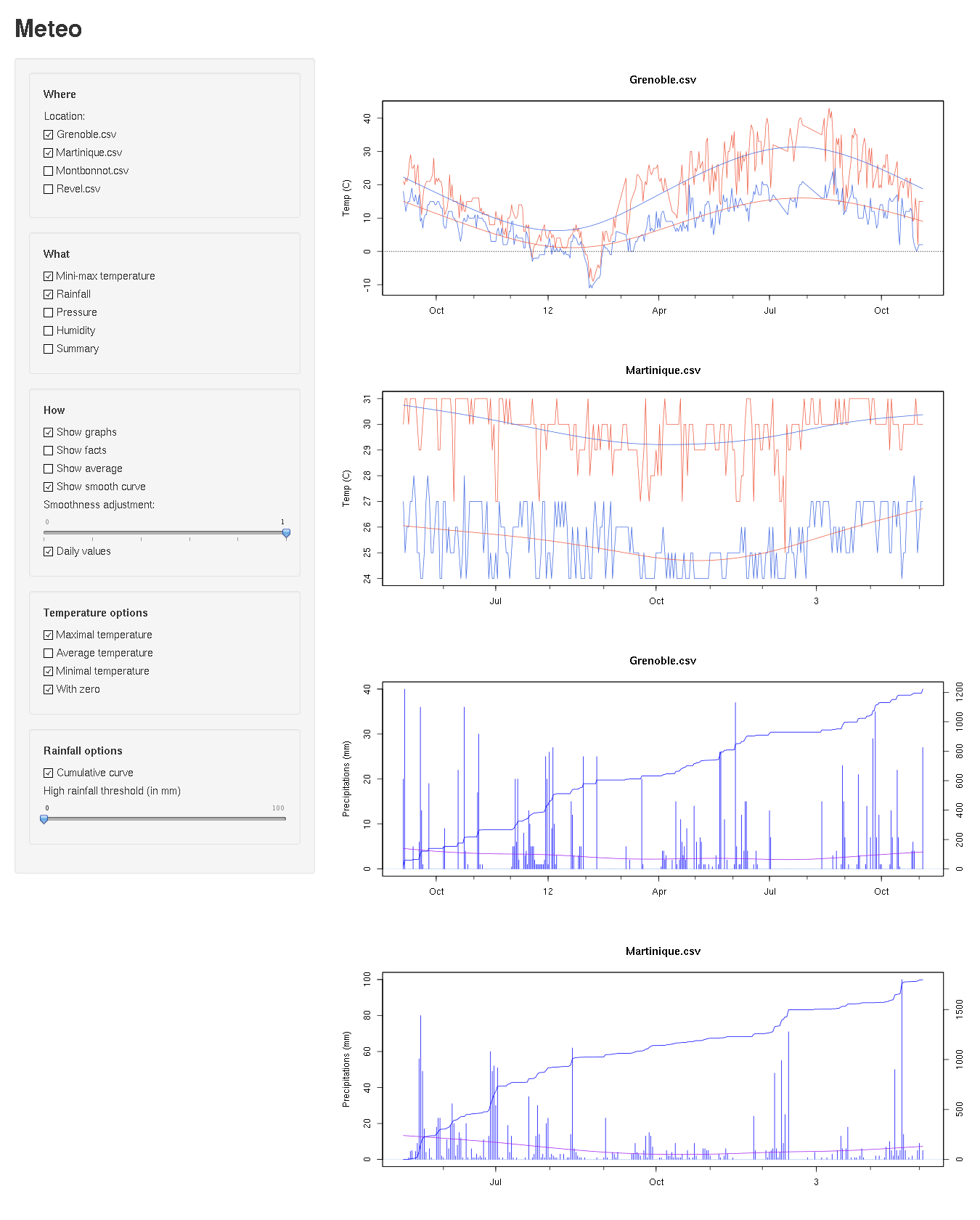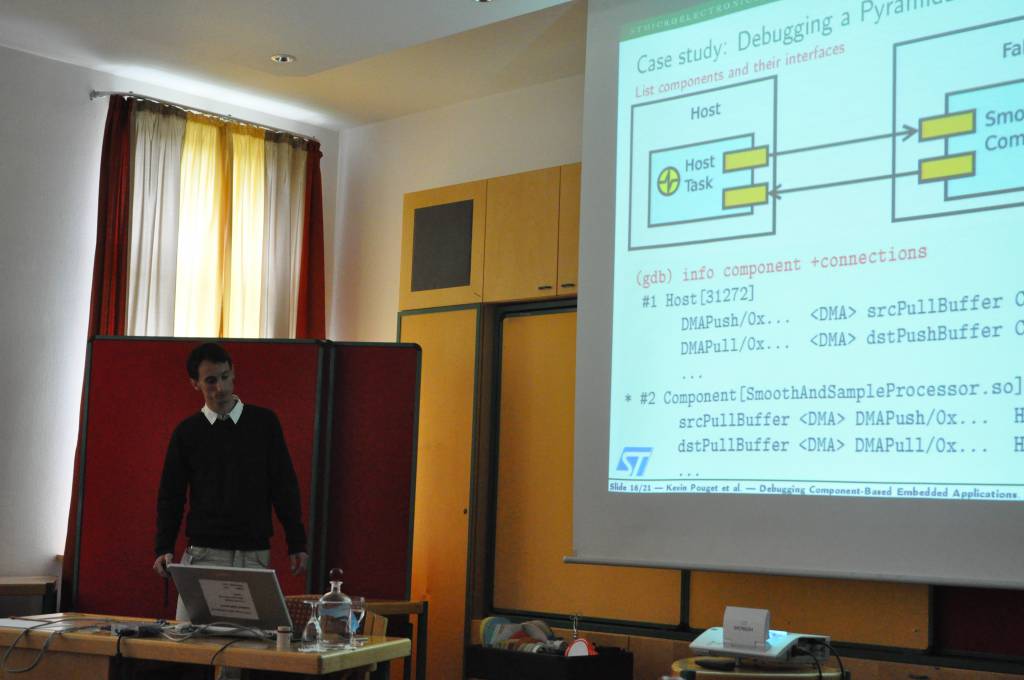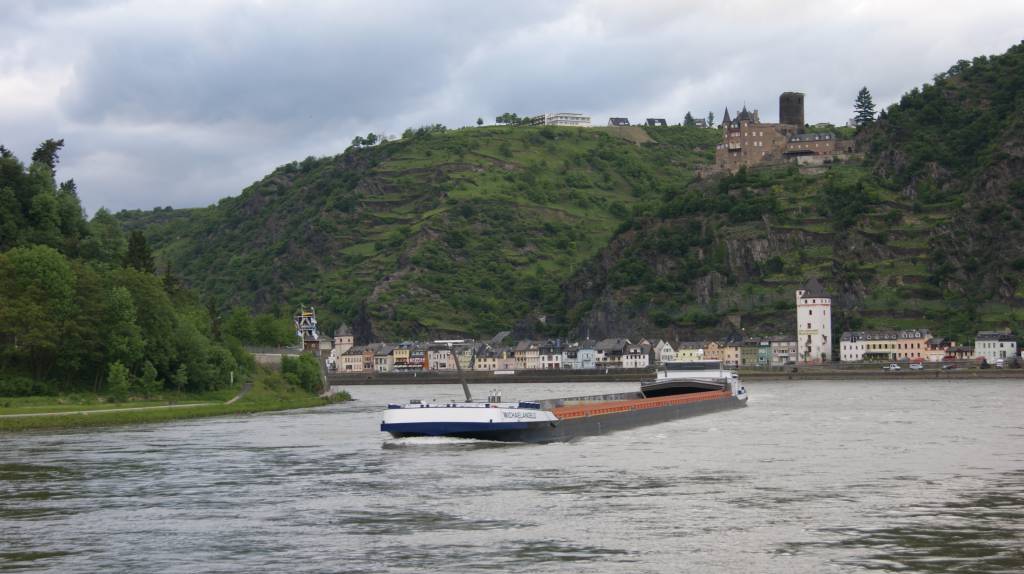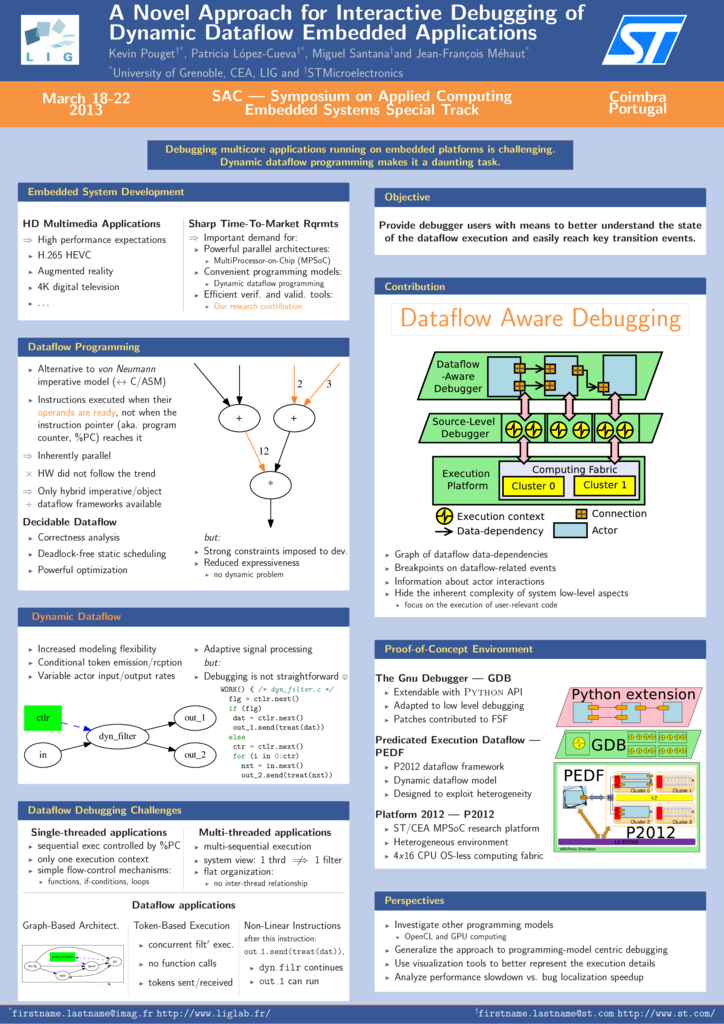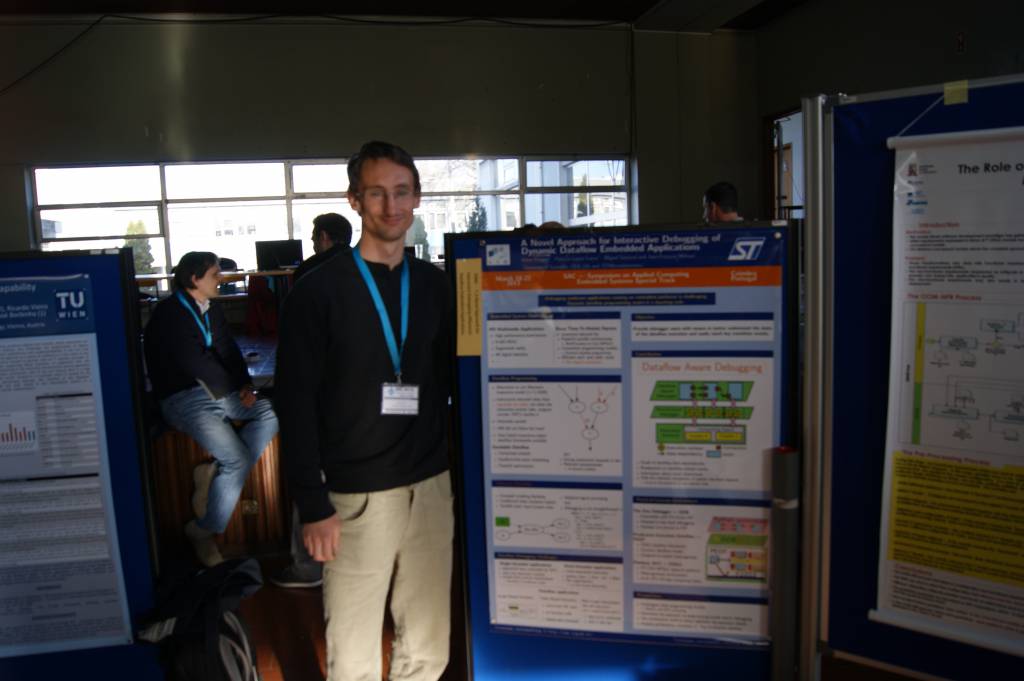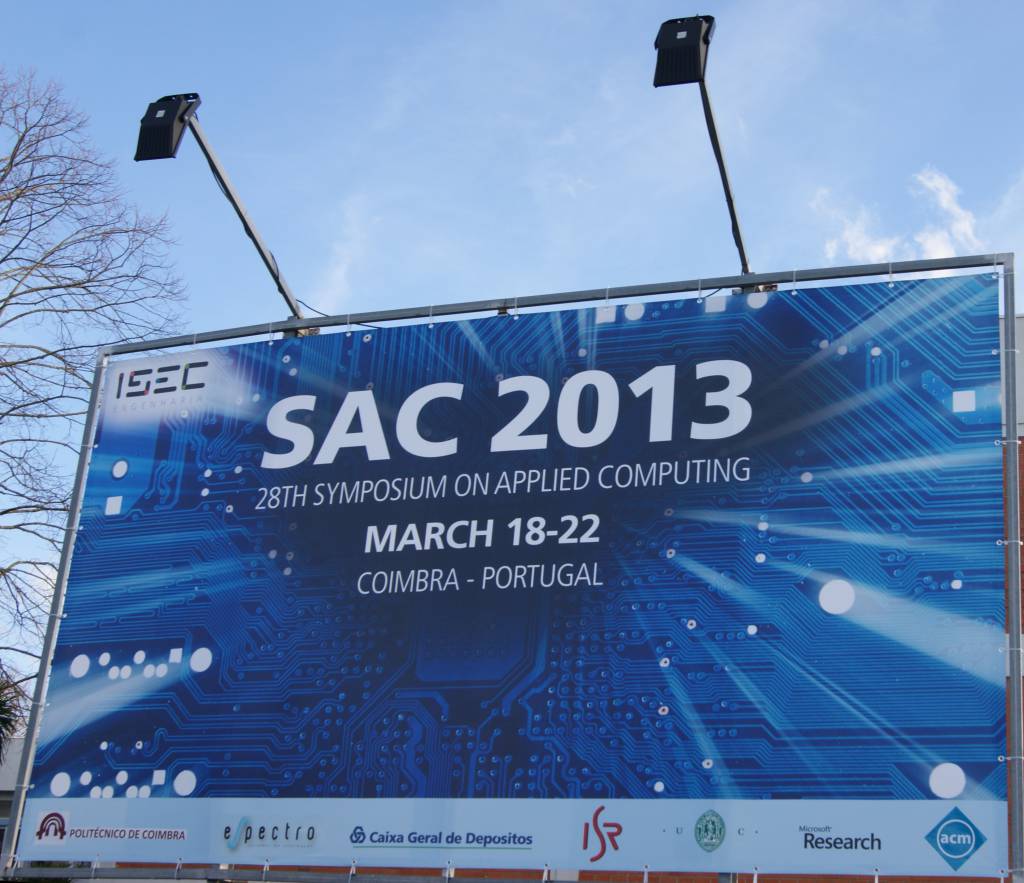I recently bought a GPS tracker, the
Igot-U GT-120, to record my hiking/biking/skying paths (a headless replacement for my Android phone running
Google’s MyTracks).
So far it appears to work very well, the last thing I need to check is the battery, how long it can record without recharging.
In my Unix workstations (Fedora and Archlinux), I compiled
igotu2gpx. I works perfectly fine, both the command-line version and the QT-based GUI. It is also compatible with
GPSd and its clients, which means that I can use it as a “normal” GPS, to get the current position, speed, etc. (Maybe another project for the Raspberry Pi?)
Files are exported as standard GPX files, so you can use it with your favorite visualizers (
Visu GPX,
GPS Visualizer).
However,
igotu2gpx interface does not allow much more than listing, retrieving and removing the files from the device (it can also plot them in a
Marble map, but that’s not my point). And that’s what filesystem usually does, and that’s the interface I would like to see for such a device.
Hence, as soon as I’ll have time (this fall I guess), I’ll start developing a FUSE interface for igotu2gpx. I initially planned to built it from scratch, with Python FUSE bindings, but I’ll certainly directly extend igotu2gpx codebase and hence do it in C.
Just let me know if you’re interested in using this project or helping in its development, I’ll start faster in this case ;-)
 (gdb) break *0x972
(gdb) break *0x972